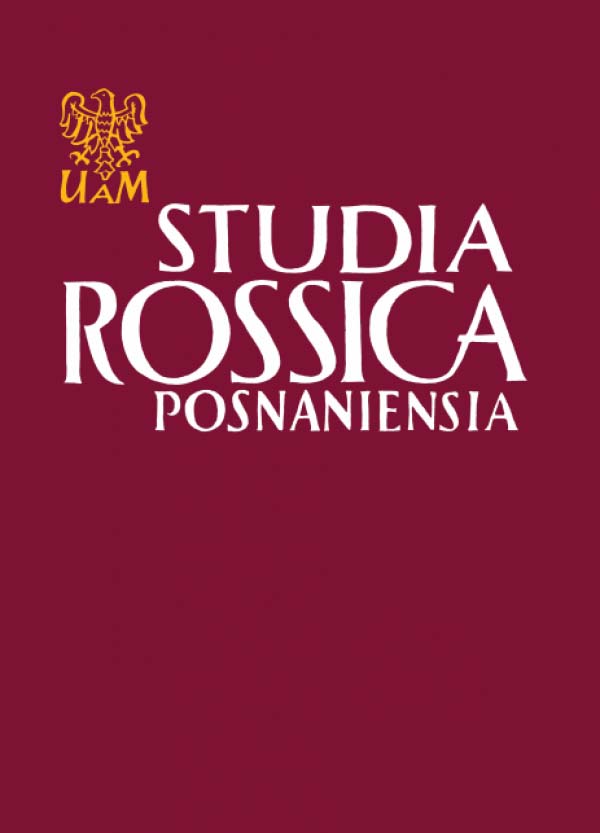СМЕХ И HOMO RIDENS В РОМАНЕ ТЯЖЕЛЫЕ СНЫ ФЕДОРА СОЛОГУБА
LAUGHTER AND HOMO RIDENS IN THE NOVEL TROUBLED DREAMS BY FIODOR SOLOGUB
Author(s): Stepan IlʹevSubject(s): Studies of Literature, Philology
Published by: Uniwersytet Adama Mickiewicza
Summary/Abstract: Relying for support on the works of М. M. Bakhtin, V. Ya. Propp and A. K. Dzhivelegov on the nature of laughter, the author of this article raises the question which concerns the functional poetical theory of the varians aspects of laughter reaction in the structure of content and form in the novel Troubled Dreams by F. Sologub. The author suggests that the laughter reaction in the novel can be classified into two types of verbal laughter symbols. These are: articulated — vocal symbols and mimical symbols. The use of laughter as a universal sign of the existence of two worlds in Sologub’s novel fulfills two opposing functions — sacred and profane. The first correlates with the ideal world and the second with the material world (these, according to Sologub’s terminology, awe the “lyrical” and „ironic” worlds). The mimical symbols of laughter, as an articulated — vocal phenomenon passes into the category of a mimical gesture, it becomes the sign of a mask. The articulated-vocal symbols of laughter and the construction of the life of man as a universal puppet comedy.
Journal: Studia Rossica Posnaniensia
- Issue Year: 12/1979
- Issue No: 1
- Page Range: 85-93
- Page Count: 9
- Language: Russian

